John Nugent Fitch Paintings
John Nugent Fitch was a renowned British botanical illustrator, known for his detailed and accurate depictions of plants, particularly orchids. Born in 1840, Fitch's artistic talents were evident from a young age, and he would go on to contribute significantly to the field of botanical illustration during the Victorian era, a period that saw a burgeoning interest in botany and the natural sciences more broadly. His work is characterized by its meticulous attention to detail and its scientific accuracy, making it invaluable to botanists and horticulturists.
Fitch's most significant contribution to botanical art is perhaps his collaboration with his uncle, Robert Fitch, and later his work on 'The Orchid Album,' a comprehensive collection of orchid illustrations. This monumental work, which was published in multiple volumes starting in the late 19th century, featured over 500 plates and was highly regarded for its artistic quality as well as its scientific value. Fitch's illustrations in 'The Orchid Album' are considered some of the finest examples of botanical illustration, capturing the intricate beauty of orchids with precision and care.
Beyond 'The Orchid Album,' John Nugent Fitch produced a vast number of botanical illustrations that appeared in various publications, including magazines, books, and scientific journals. His work contributed significantly to the popularization and understanding of plant species, both exotic and native to Britain. Despite his focus on orchids, Fitch's portfolio includes a wide variety of plant life, showcasing his versatility and deep understanding of botanical subjects.
Fitch's legacy is enduring, with his illustrations continuing to be admired for their beauty and precision. His contributions to botanical art are remembered through collections housed in institutions such as the Royal Botanic Gardens, Kew, and the British Museum. John Nugent Fitch passed away in 1927, leaving behind a body of work that continues to influence and inspire botanical artists and scientists alike. His dedication to his craft and his ability to bridge the worlds of art and science through his illustrations have cemented his place as a significant figure in the history of botanical illustration.
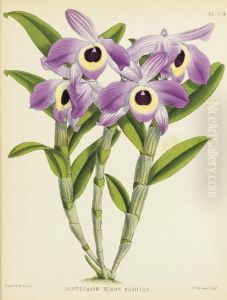
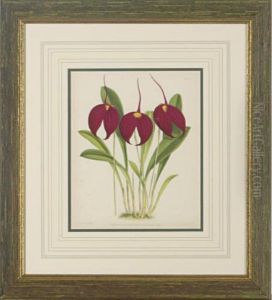
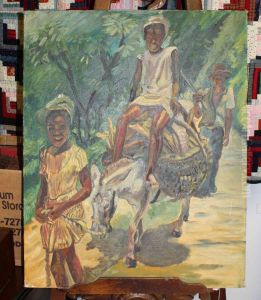
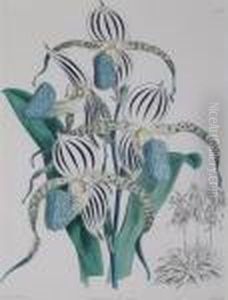
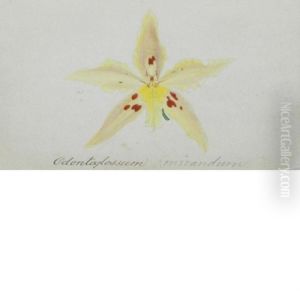
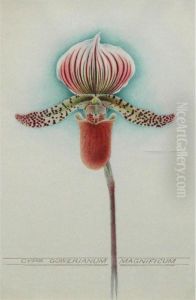
![[orchids]: Nine Plates](https://www.niceartgallery.com/imgs/583171/s/john-nugent-fitch-orchids-nine-plates-c01b5f0c.jpg)